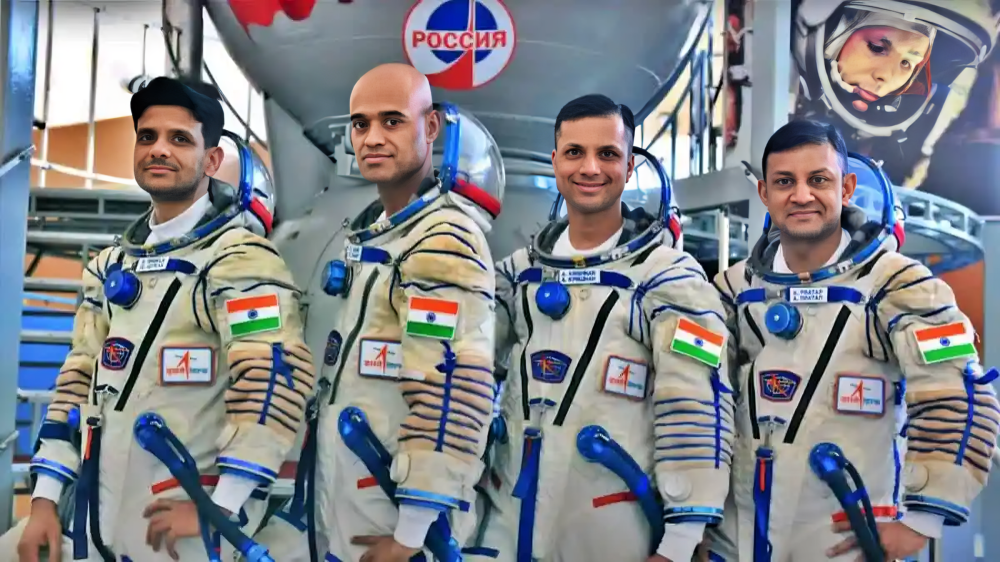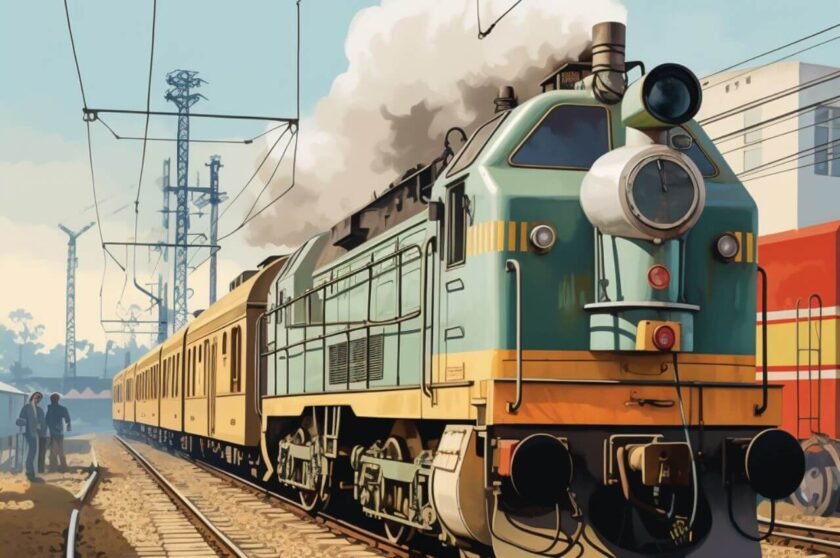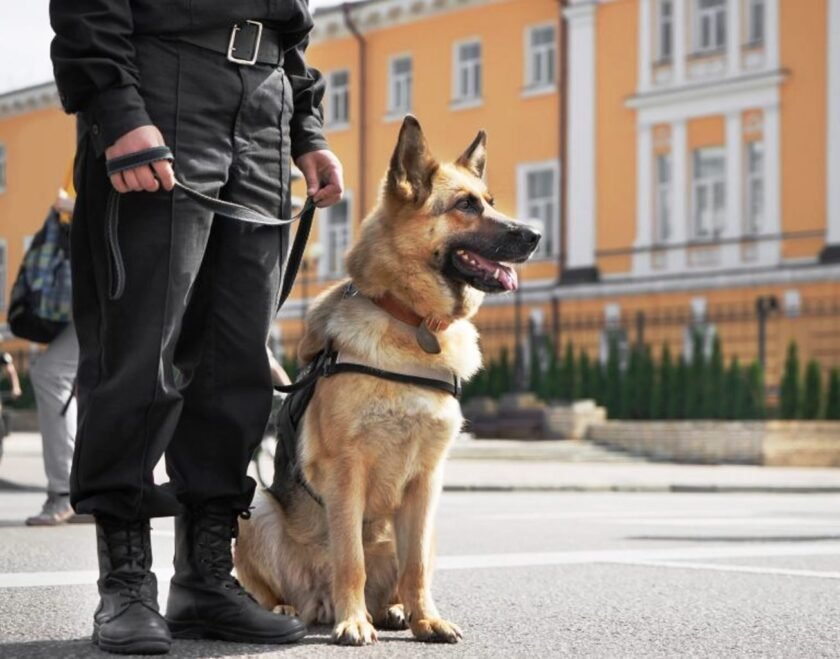Lucknow: A new update has come regarding India’s first ‘Gaganyaan Mission’ with astronauts. These days, intense training of the four astronauts selected for this mission is going on in the new training center of the Indian Space Research Organization (ISRO) in Bengaluru, the capital of Karnataka.
Under this hardcore training program, these four astronauts are being trained in engineering subjects focused on space flight, propulsion (force that moves something) and aerodynamics (the way in which objects move in the air).
The names of these four astronauts are Group Captain Prashant Balakrishnan Nair, Group Captain Ajit Krishnan, Group Captain Angad Pratap and Wing Commander Shubhanshu Shukla. All four are officers of the Indian Air Force.
During his visit to the Vikram Sarabhai Space Center in Thiruvananthapuram, Kerala, Prime Minister Narendra Modi had announced the names of the astronauts who will be in low-Earth orbit (Earth orbit) as part of ISRO’s Gaganyaan mission. It was said they will fly in lower orbit.
Low-Earth orbit includes various Earth orbits at altitudes of 2,000 kilometers (1,200 mi) or less. It is considered to be an area very close to the Earth.
Support of yoga
Apart from training in subjects related to space flight and engineering, yoga is also being imparted to these astronauts. Apart from yoga, astronauts are also undergoing continuous physical and psychological training at the ISRO facility in Bengaluru. They are also undergoing aero-medical training as part of their curriculum.
Apart from this, simulator related training is also included in this training program, in which the astronauts are made accustomed to the shocks and vibrations etc. during space flight by artificially creating an environment for them.
The course includes at least four different simulators for training flight procedures – Independent Training Simulator, Virtual Training Simulator, Static Mock-up Simulator and Dynamic Training Simulator. Currently, these astronauts are undergoing a special training, in which they will become familiar with the spacecraft and its operation before the space mission.
Training has been imparted in Russia during the Covid epidemic
ISRO and Glavkosmos (a subsidiary of Russian space agency Roscosmos) had signed an MoU in June 2019 for the training of four astronauts. These astronauts took training at the Yuri Gagarin Cosmonaut Training Center in Moscow Oblast, Russia from February 2020 to March 2021.
These four officers of the Indian Air Force took general space flight training in Russia. This involves adapting to outer space and getting used to conditions like weightlessness. In this centre, these passengers practiced survival in zero-gravity conditions, changes in atmospheric pressure and separation from the team.
These people have also spent time in parabolic flights. Under this, aircraft fly up and down at 45 degrees, so that passengers can experience an environment of weightlessness and increased gravity like a roller coaster.
Rakesh Sharma, the first Indian to go to space, and his replacement astronaut Ravish Malhotra also trained at the Gagarin Center in the 1980s.
Training to survive in adverse climate
Apart from this, these passengers have also trained to survive in extreme weather and climatic conditions like mountains, forests, swamps, deserts, icy places and seas in order to prepare for various landing conditions in order to return to Earth after space flight.
In Russia, these passengers have also taken classes in orbit mechanics and astro-navigation. In India, they are getting acquainted with the crew module of the spacecraft.
The manned mission will last for three days
The Gaganyaan mission will showcase India’s human spaceflight capability by launching astronauts into an orbit 400 km above Earth. That means the spacecraft will take the astronauts to the lower Earth orbit at an altitude of 400 km. After this, they will be brought back to earth safely with a landing in the sea. This mission will last for three days. Apart from this, the first mission flight ‘Gaganyaan-1’, an unmanned test flight to test the technology, is expected by the end of this year.




